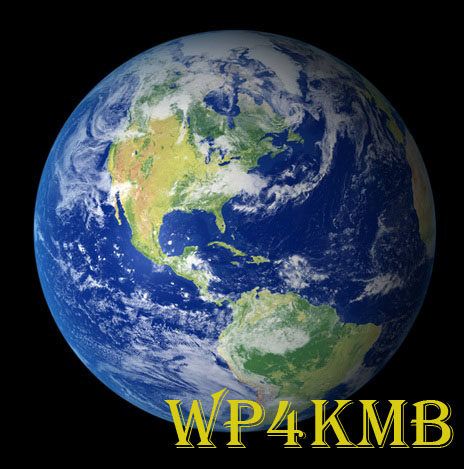WRC23: 23cm band work continues in CEPT
WRC23: 23cm band work continues in CEPT
 The Chair of IARU Region 1 Spectrum Affairs, Barry Lewis G4SJH, reports on the work being done in defending the interests of the Amateur Services in the 1240-1300 MHz band.
The Chair of IARU Region 1 Spectrum Affairs, Barry Lewis G4SJH, reports on the work being done in defending the interests of the Amateur Services in the 1240-1300 MHz band.
On the IARU Region 1 site he writes:
The 4th meeting of the CEPT project team (CPG PTC) tasked with developing the CEPT Brief for WRC23 agenda item 9.1b on 23cm band amateur service and RNSS coexistence took place during March 2022. The IARU R1 was present and provided a contribution to the working document. A summary report describing the contributions and the meeting activity can be found here:
https://www.iaru-r1.org/wp-content/uploads/2022/03/IARU-Report-from-CPG_PTC4r1.pdf
The meeting did not tackle any technical studies directly but the developing brief reports and summarises the activities taking place in other groups where they are being carried out. Updates were made to the background including a description of the work carried out by the amateur community in CEPT and ITU‑R with respect to resolves 1 of the WRC-19 Resolution 774. Further updates were introduced to describe the study work taking place in ITU‑R (WP’s 4C and 5A).
The draft CEPT Brief will undergo further development as technical studies evolve in the wider regulatory community including both CEPT and ITU‑R. The next activity concerning this topic will take place in the CEPT arena (SE40) to progress the technical studies and the draft ECC Report.
Source IARU Region 1 https://iaru-r1.org/
CEPT CPG https://www.cept.org/ecc/groups/ecc/cpg/now4wrc23/client/meeting-documents/
m5aka
AMSAT-UK
Powered by WPeMatico





